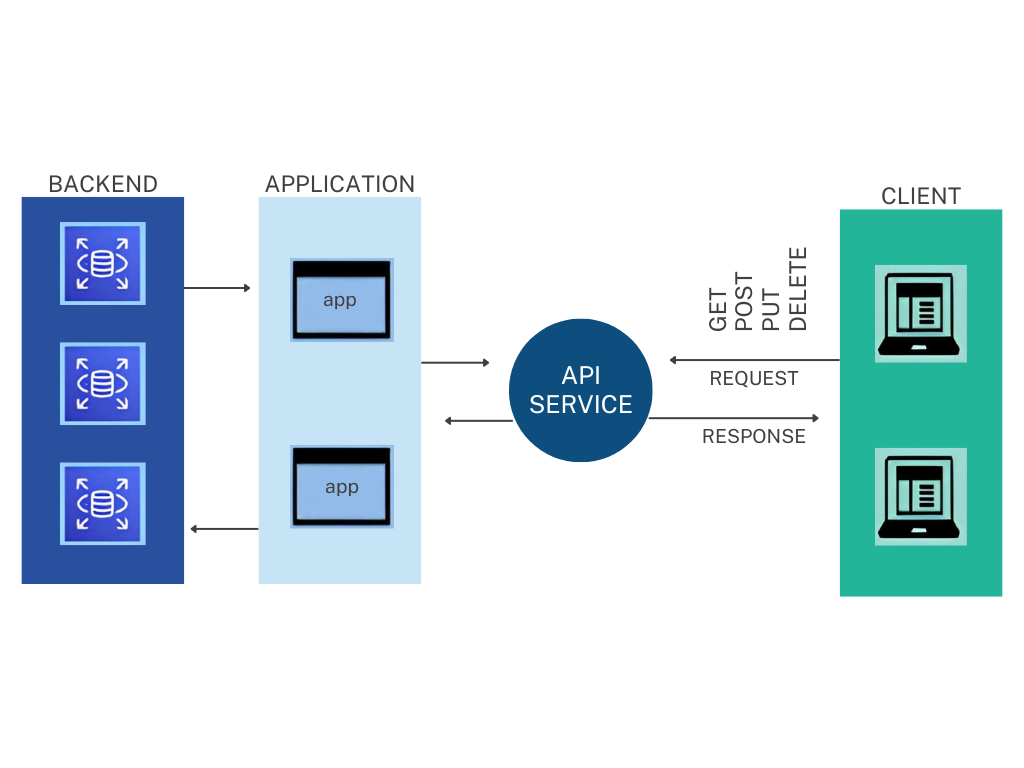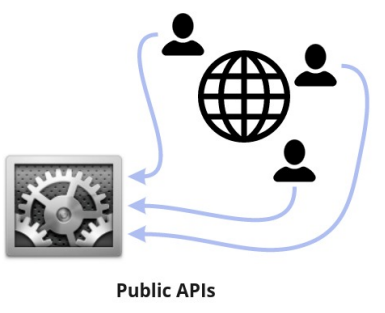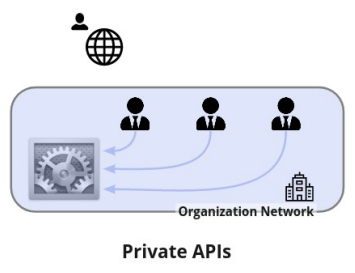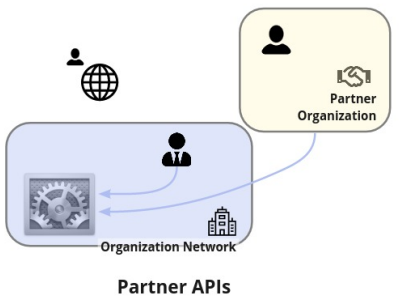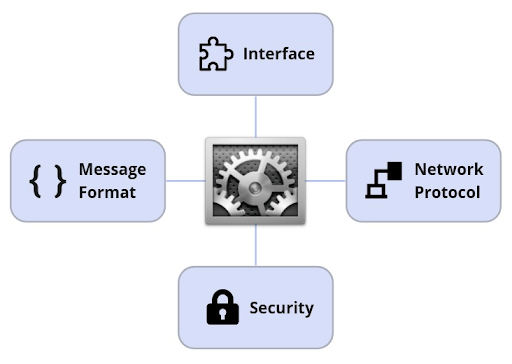Konnect Wins InfoWorld's 2025 Technology of the Year for API Management

InfoWorld’s annual awards recognize the most innovative software development, DevOps, cloud, data management, and AI/ML products on the information technology landscape. We are extremely proud to see Kong Konnect recognized for its role in unifying
Insights from eBay: How API Ecosystems Are Ushering In the Agentic Era

APIs have quietly powered the global shift to an interconnected economy. They’ve served as the data exchange highways behind the seamless experiences we now take for granted — booking a ride, paying a vendor, sending a message, syncing financial rec
Stay Vendor Agnostic: Using an Abstraction Layer to Navigate Acquisitions

The challenges of an acquisition frequently appear in a number of critical areas, especially when dealing with a platform as important as Kafka: API Instability and Change : Merged entities frequently rationalize or re-architect their services, whic
What is API Security?

Why API Security Matters More Than Ever Imagine you've built a sophisticated smart house, controlling everything from lights to the espresso machine with just a smartphone tap. Now picture a hacker hijacking your system, turning your morning latte
The Hidden AI Fragmentation Tax: AI Innovation Speed and Program Margins

Everyone's telling you to innovate faster with AI. Move quicker. Ship more features. Deploy more agents. But before we sprint headlong into the AI revolution, we need to have a proper dollars-and-cents conversation that most companies are avoiding.
The Rapidly Changing Landscape of APIs

The numbers tell a compelling story. While 65% of organizations that use APIs are currently generating revenue from them, a significant gap exists between API adoption and AI readiness. 83.2% of respondents have adopted some level of an API-first ap
What is Multimodal AI? Technology that Sees, Hears, and Understands

Multimodal AI is a critical player in the new wave of artificial intelligence. By combining different types of data like text, images, and audio, multimodal AI creates more intuitive and versatile AI systems that can more closely mimic human decisio


